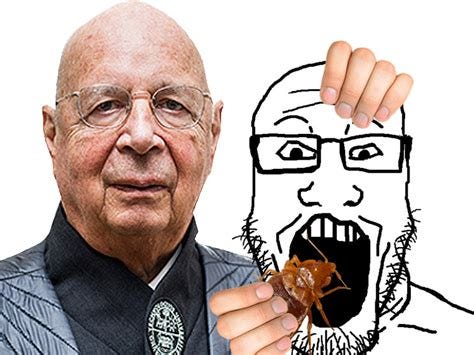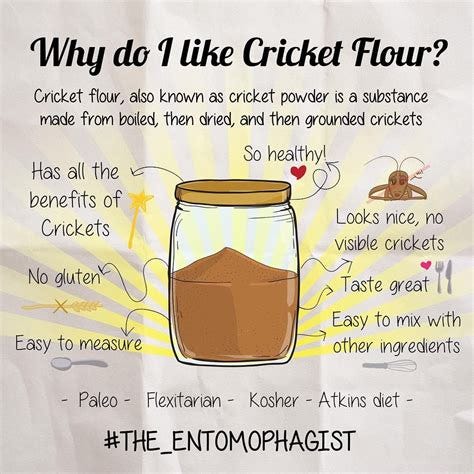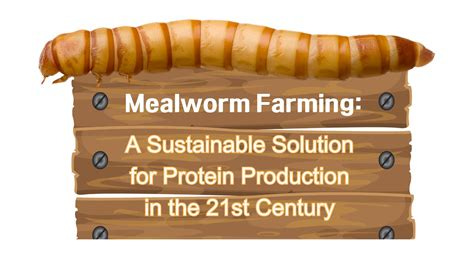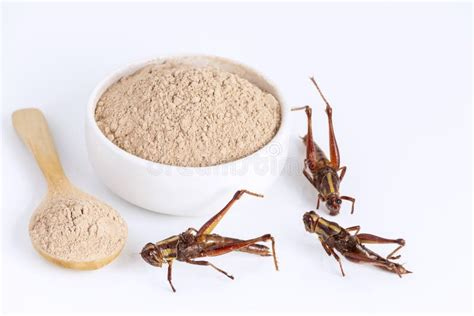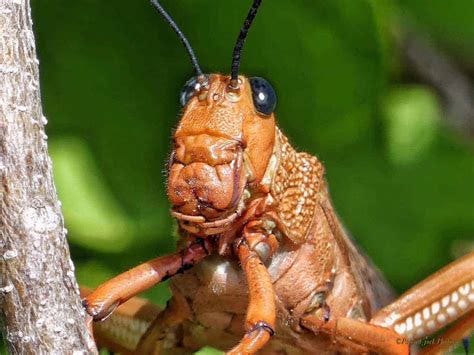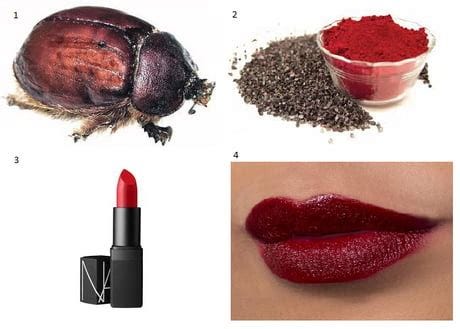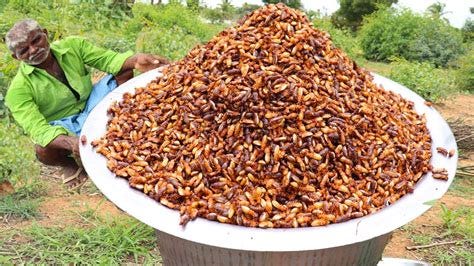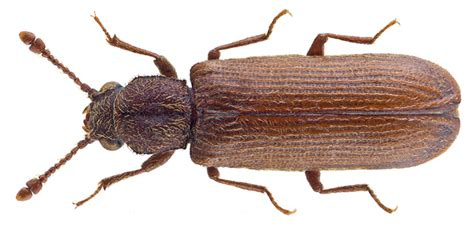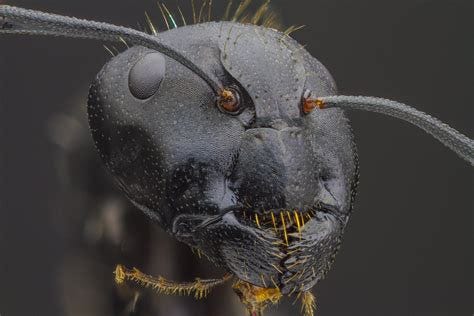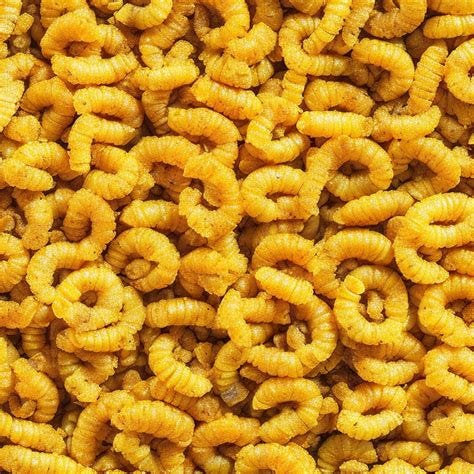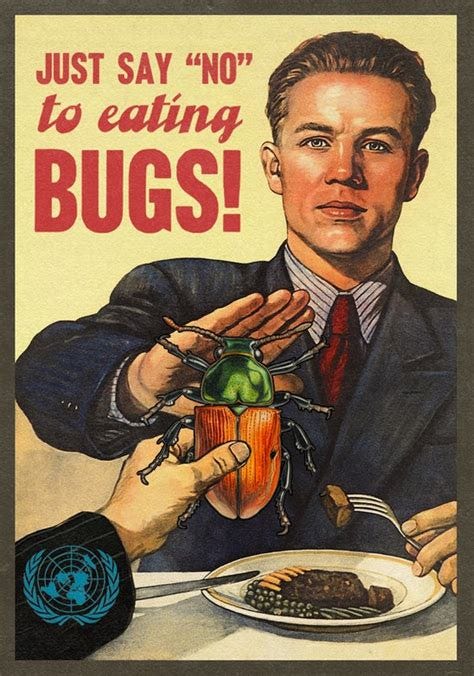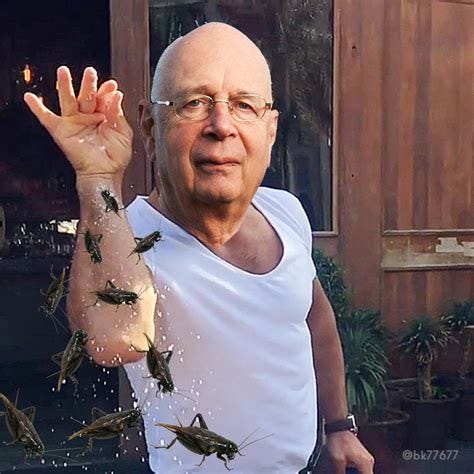
Insects and other bugs are increasingly featured in food products as sustainable and nutritious alternatives to traditional protein sources. While they offer several benefits, there are health and safety concerns associated with these ingredients that consumers should be aware of. This post provides a comprehensive look at various insect and bug-derived ingredients, their applications, and potential risks.
The Appeal of Insects and Bugs in Food
Insects and bugs are celebrated for their efficiency in converting feed into protein, requiring fewer resources, and producing less greenhouse gas compared to traditional livestock. These benefits have led to their integration into a variety of food products aimed at environmentally conscious and health-focused consumers.
Insect-Derived Ingredients
Cricket Flour (Acheta domesticus)
Food Products: Protein bars, snacks, baked goods, pasta.
Brands: Exo Protein Bars, Chapul Cricket Flour, Crickstart.
Mealworm Powder (Tenebrio molitor)
Food Products: Granola bars, protein powders, baked goods, pasta.
Brands: Bitty Foods, Entomo Farms.
Silkworm Powder (Bombyx mori)
Food Products: Snacks, protein supplements, traditional Asian dishes.
Brands: Silk Protein by Thai Union.
Grasshopper Powder (Caelifera)
Food Products: Specialty foods, protein bars, snack foods.
Brands: Hopper Snacks, Ranch Hand.
Black Soldier Fly Larvae (Hermetia illucens)
Food Products: Protein bars, snacks, animal feed.
Brands: AgriProtein, Enterra Feed.
Locust Flour (Locusta migratoria)
Food Products: Protein bars, snack foods.
Brands: The Goodness Project and others.
Worm Flour (Various species)
Ingredient Names: Worm Flour, Mealworm Flour.
Food Products: Protein powders, nutritional supplements, baked goods.
Brands: Insect Protein (by Yummy Planet), Entomo Farms.
Dragonfly Larvae Powder (Various species)
Food Products: High-protein snacks, health supplements.
Brands: Specialty and niche market products.
Grasshopper Extract (Caelifera)
Food Products: Energy bars, protein drinks.
Brands: Grits and Grains.
Other Bug-Derived Ingredients
Cochineal Extract (Dactylopius coccus)
Food Products: Red and pink candies, soft drinks, yogurts, some cosmetics.
Brands: Found in products like Skittles, Ben & Jerry’s Strawberry Cheesecake Ice Cream, and various artisanal candies.
The Red Beetle Controversy: Understanding Carmine in Candy
What is Carmine? Carmine, also known as cochineal extract, is a red dye derived from the cochineal insect, specifically the female Dactylopius coccus. These tiny beetles, native to tropical and subtropical regions, are collected and processed to extract carminic acid, the pigment responsible for the rich red color. Carmine is a popular choice in the food industry for its vibrant hue and stability compared to synthetic colorants.
How is Carmine Used? Carmine is utilized in a variety of food and beverage products due to its strong coloring properties. It is commonly found in:
Candies: Many red and pink candies, such as Skittles and Red M&Ms, use carmine to achieve their vibrant color.
Soft Drinks: Some beverages, particularly those with a red or pink color, incorporate carmine.
Yogurts and Ice Cream: Certain flavored yogurts and ice creams use carmine to enhance their appearance.
Cosmetics: Carmine is also used in some cosmetics, including lipsticks and blushes.
The Process of Extracting Carmine The extraction process involves several steps:
Harvesting: Female cochineal insects are collected from cactus plants.
Drying: The insects are then dried to preserve the pigment.
Processing: The dried insects are crushed and processed to extract carminic acid.
Purification: The carminic acid is purified and formulated into carmine dye.
Potential Concerns
Allergic Reactions: Some individuals may have allergic reactions to carmine, particularly those with sensitivities to insect-derived products. Reactions can range from mild skin irritations to more severe symptoms.
Ethical Issues: The production of carmine involves killing thousands of insects, which raises ethical concerns among some consumers who avoid animal products.
Dietary Preferences: Carmine is not considered vegan, which may be a concern for those following a vegan diet or lifestyle.
Transparency: The use of carmine in products is not always clearly labeled, which can be problematic for consumers with allergies or ethical concerns.
Alternatives to Carmine Given the potential issues associated with carmine, some manufacturers are exploring alternatives:
Synthetic Dyes: Artificial red dyes like Red 40 are used as substitutes, though they come with their own set of controversies and health concerns.
Natural Plant-Based Dyes: Beet juice powder, hibiscus, and other plant-based colorants are gaining popularity as natural alternatives to carmine.
Shellac (Laccifer lacca)
Food Products: Used as a glazing agent on candies, chocolates, and some pills.
Brands: Found in various candies and coatings, such as the shiny coating on M&Ms and certain fruit glazes.
Note: Shellac is derived from the secretion of the female lac bug and can be found on the ingredient list as "shellac," "confectioner’s glaze," or "E904."
Termite Powder (Various species)
Food Products: Specialty snacks, protein supplements.
Brands: Termite Protein Powder (less common).
Beetle Powder (Various species)
Ingredient Names: Beetle Powder, Beetle Protein.
Food Products: Specialty protein powders, health supplements.
Brands: Mostly used in niche markets and specialty health products.
Ant Powder (Various species)
Food Products: Gourmet chocolates, specialty candies.
Brands: Ants on a Log (specialty chocolates).
Cockroach Powder (Blattodea)
Food Products: Health supplements, specialty foods.
Brands: Roach Protein Supplements (less common).

Image from https://giphy.com/explore/dancing-cockroach
Yellow Mealworm Powder (Tenebrio molitor)
Food Products: Bakery products, snacks, pet foods.
Brands: Next Millennium Farms, MultiTech.
Potential Risks and Concerns

Allergic Reactions: Insect and bug proteins can trigger allergic reactions in some people, particularly those with shellfish allergies.
Contamination: Insects and bugs may carry chemical residues if not properly processed.
Nutritional Imbalances: Variations in nutrient profiles among insect and bug species and products can lead to imbalances if not consumed as part of a varied diet.
Ethical and Environmental Issues: The farming practices and processing of insects and bugs can vary, raising ethical concerns and questioning the actual environmental benefits.
Chitin and Digestibility: Insects contain chitin, a component of their exoskeleton. While some studies suggest chitin has health benefits, others raise concerns about its digestibility and potential to cause digestive issues in some people. However, the overall impact of chitin on human health remains under-researched.
Making Informed Choices
As insect and bug-based ingredients become more prevalent, it is crucial for consumers to make informed decisions. Here are some tips:
Check Labels: Be aware of insect and bug-derived ingredients and their sources.
Research Brands: Opt for brands that provide clear information about their insect and bug sourcing and processing.
Stay Informed: Keep up with research and regulatory updates on insect and bug-based foods.
As insect and bug-based ingredients become more prevalent, it is crucial for consumers to stay aware of what goes into their food. The fact that we may be consuming insects and bugs without clear labeling or our explicit consent is deeply concerning. These ingredients are often concealed behind technical names and vague labels, denying us the right to make informed decisions about what we eat.

It is time to reject this trend and demand transparency in our food. While insects and bugs might be marketed as solutions for sustainability and nutrition, many consumers find the practice both unappealing and unacceptable. Instead of settling for products containing hidden insect ingredients, prioritize buying local and organic foods that are free from such controversial additives.

By choosing organic and locally sourced products, you not only support ethical farming practices but also avoid the unsavory practice of consuming hidden insect and bug-based ingredients. Our food should nourish us without compromise, and we deserve to know exactly what is in it. Make your voice heard, support transparency, and demand better from the food industry.




